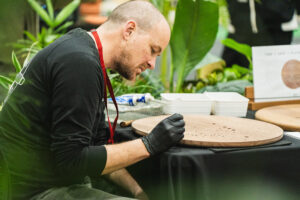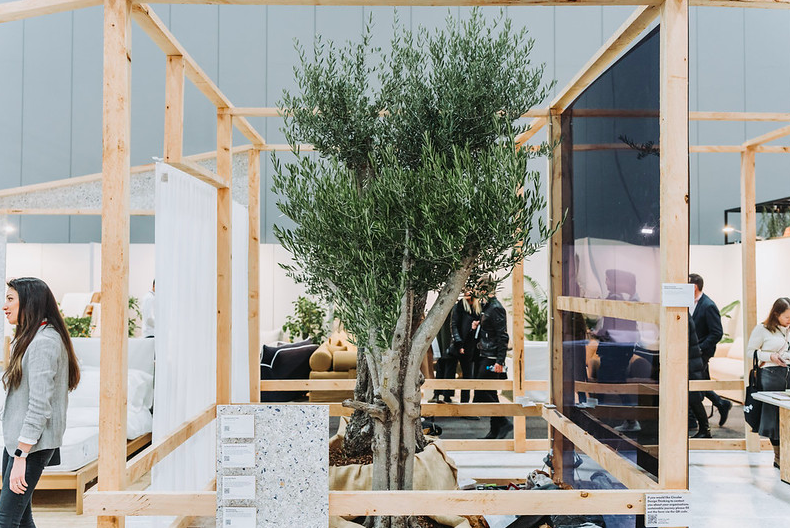The Australian International Furniture Fair (AIFF) will return to the Melbourne Exhibition Centre from 16th – 18th July 2025. Co-located with Decor + Design & Green Design Show, this is the most important annual gathering for the design industry.
With multiple changes happening across the industry, this is a crucial platform for information. In the lead-up to the event, we asked our Official Sustainability Advisor, Karie Soehardi of Circular Design Thinking, to tell us how the recent legislation changes around carbon reporting are impacting the Australian design and furniture industry.
Scoping Carbon | How to Stay Relevant in a Changing Industry
 By Karie Soehardi, Circular Design Thinking
By Karie Soehardi, Circular Design ThinkingIf you’re in the design, interiors and furniture industry, you may have started hearing terms like Scope 1, Scope 2, Scope 3, upstream and downstream. But what do they actually mean and why should you care?
Put simply, the Commonwealth now requires large organisations to report on their climate-related financial disclosures. Right now, they’re tracking their Scope 1 and Scope 2 emissions, with Scope 3 reporting to follow in 2026. If you supply to or work with these companies, this will affect you.
Scope 1 covers direct emissions—what your business emits itself. Think of it like the petrol your car burns when driving to meet a client. That fuel consumption directly contributes to your Scope 1 emissions.
Scope 2 emissions are indirect. The best example? The electricity that powers your studio. If your energy provider relies on fossil fuels, every time you turn on the lights, you’re contributing to Scope 2 emissions.

Green Design Show 2024
Scope 3 is where things get serious, and it’s the one you really need to focus on if you are supplying materials and products to the large entities. It covers emissions from your entire supply chain, which means it directly impacts your relationships with the large companies already reporting on their own Scope 1 and 2 emissions.
Think of Scope 3 as the emissions your suppliers generate to fulfil your orders. If you work with a furniture manufacturer, how do they operate? What emissions do they produce when sourcing materials, running their factory, or delivering products? Even if you’re simply selecting from an existing range, those emissions still count.
This isn’t something that’s coming in the distant future—it’s happening now. Large companies are already adapting and if you work with them, you’ll be expected to keep up. Upskilling now, before you’re forced to, will give you a major advantage. It’s not just about compliance; it’s about resilience and staying ahead in a rapidly changing industry.
If this all sounds overwhelming, you’re not alone. The good news? You don’t have to navigate it alone. CDT, in addition to our Material Intelligence and Strategic Blueprints services, is offering industry-specific courses in Sydney and Melbourne, designed to help industry get a clear, practical understanding of these new requirements.
The Living in a Material World course in February and March is perfect for anyone working with products and how to prepare for the auditing you will need to do, whilst Navigating Sustainability in May goes even deeper into the processes and tools you’ll need from an operational perspective. Plus, each course earns you CPD points from the Design Institute of Australia.
Change is here—learning how to adapt now will position you as a leader in the industry, ensuring you remain competitive, trusted, and ready for the future circular economy.
Don’t miss The Australian International Furniture Fair 2025, which will take place alongside the 21st edition of Decor + Design from 16th – 18th July at Melbourne Exhibition Centre. Register to visit now to receive the latest information on exhibitors, seminars and features, as well as important industry updates.
